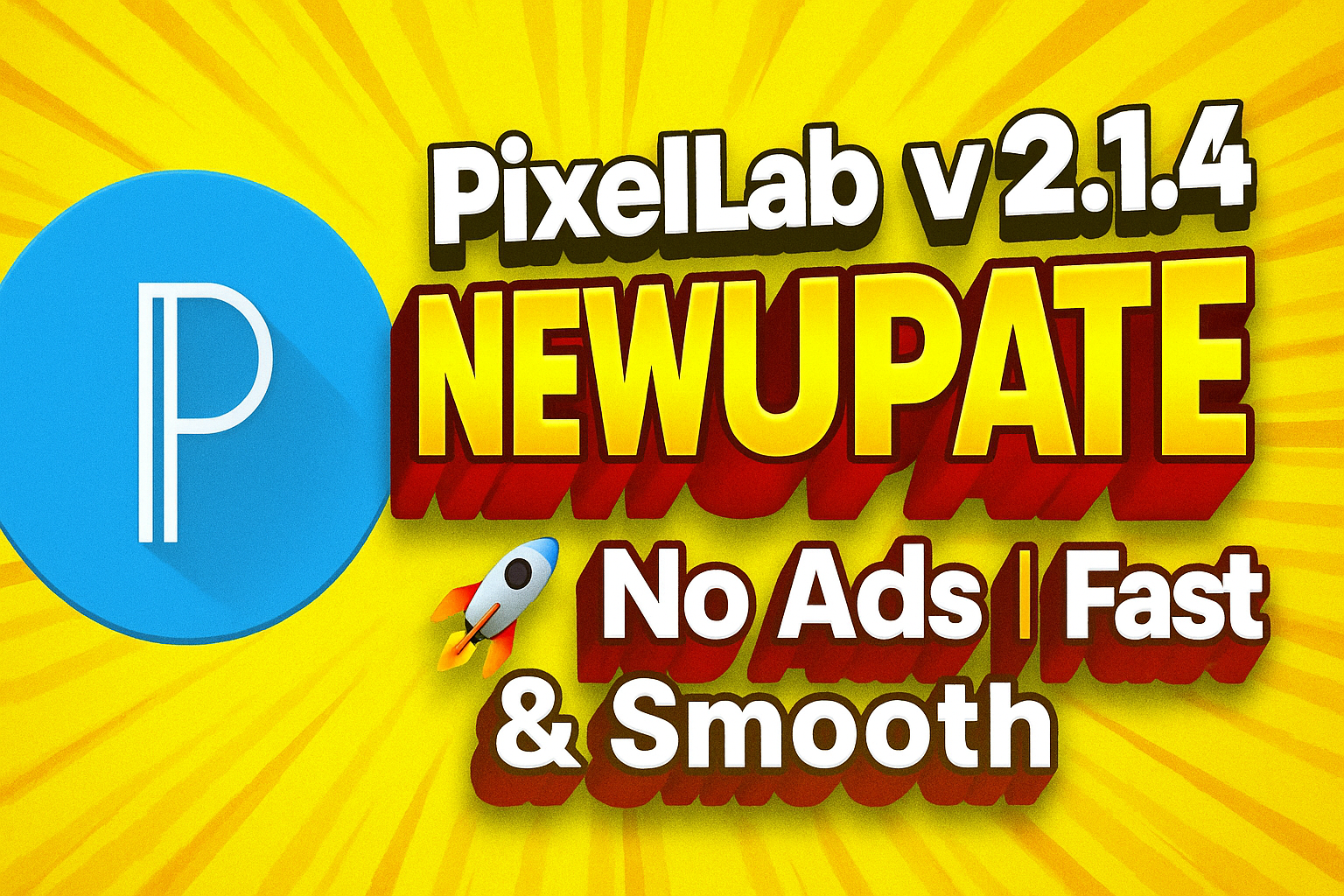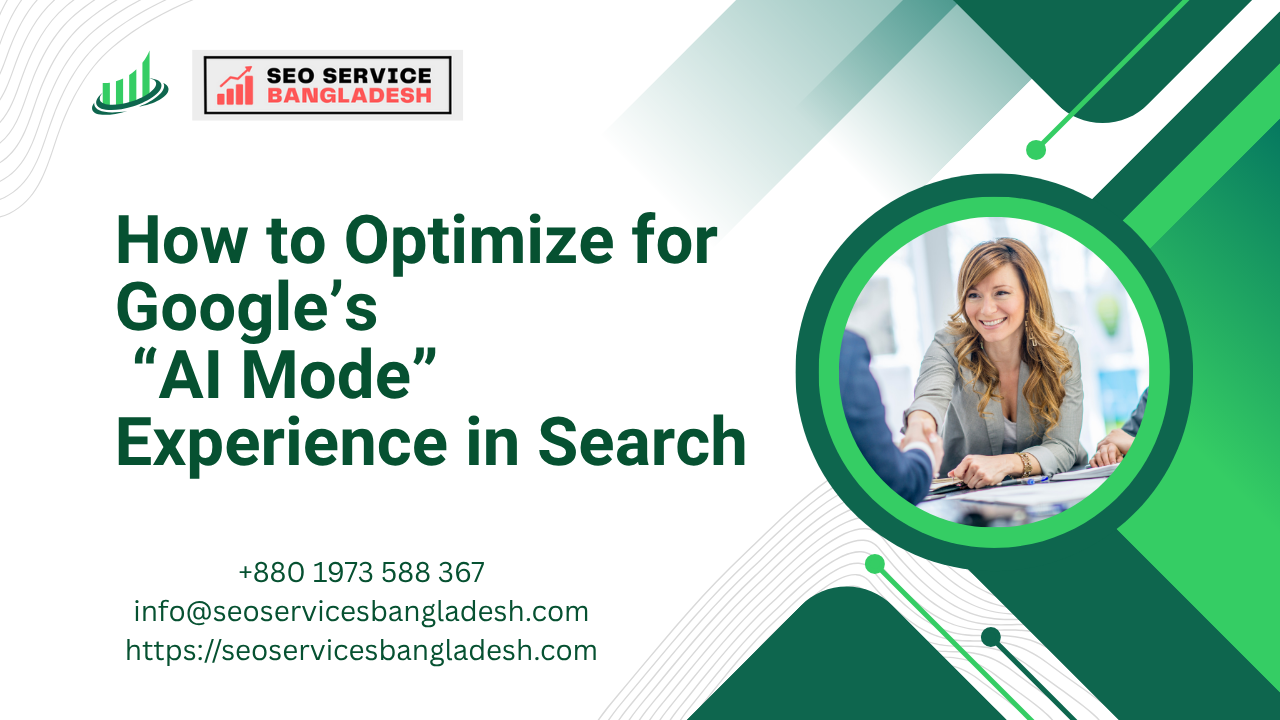The advent of Google’s “AI Mode” represents a paradigm shift in how users interact with search engines. No longer are we simply presented with a list of links; instead, we are greeted with AI-powered summaries, conversational interfaces, and dynamically generated content. This article delves into the strategies and tactics necessary to optimize your content and website for this evolving search landscape, ensuring your brand remains visible and relevant in the age of AI-driven search experiences. We’ll explore the key considerations, from structuring your data for semantic understanding to crafting content that resonates with AI algorithms and human users alike.
Understanding the AI-Powered Search Revolution
Before diving into specific optimization techniques, it’s crucial to grasp the fundamental changes that Google’s AI Mode introduces. Traditional search relied heavily on keyword matching and link analysis. While these factors remain important, AI Mode prioritizes semantic understanding, user intent, and the overall quality and relevance of content.
Here’s a breakdown of the key shifts:
- From Keywords to Concepts: AI algorithms are now capable of understanding the underlying concepts and relationships within your content, rather than simply matching keywords. This means focusing on creating comprehensive and informative content that thoroughly addresses a topic.
- Emphasis on User Intent: Google’s AI is increasingly adept at discerning the user’s intent behind a search query. Optimizing for AI Mode requires anticipating the questions users are asking and providing clear, concise, and helpful answers.
- Conversational Search: AI Mode encourages a more conversational interaction with the search engine. This means optimizing your content to answer questions in a natural and engaging way, as if you were having a conversation with the user.
- Dynamic Content Generation: AI algorithms can now generate summaries, answer questions, and even create new content based on existing information. This highlights the importance of providing accurate, up-to-date, and well-structured data that AI can easily access and utilize.
Now, let’s move on to the first set of actionable steps you can take to optimize for this new era of search.






